Seasonal eating with Neema
Posted by Remya Padmadas on January 10, 2017By Bijal Vachharajani
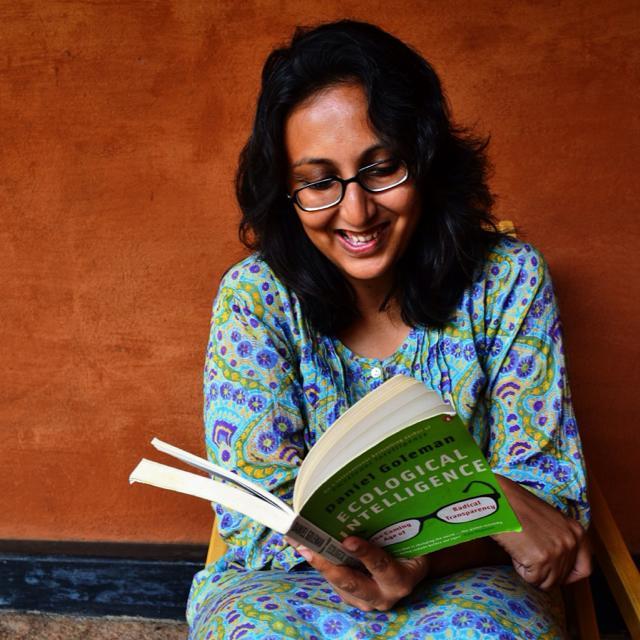
When Bijal Vachharajani is not reading Harry Potter, she can be found looking for tigers in the jungles of India. In her spare time, she works to fund the trips and books. She did this by working as the Editor at Time Out Bengaluru. After having studied climate change at the University for Peace, she now writes about education and sustainable development and is a consultant with Fairtrade Asia Pacific. She is also one half of BAM! Books, an Instagram-led project which talks about children's and Young Adult books. She tweets at @bijal_v.
My mother’s kitchen operates on a seasonal calendar, something I took for granted for a long time. As winter would approach, wondrous smells of ghee, whole wheat flour and jaggery simmering in a kadhai would tell us that godpapdi was being prepared that day. When rain would slow down our work schedule, spinach would no longer be cooked in the house, because mum believed that insects nestled in the palak leaves during the monsoon season. Summer would herald the impatient wait for our regular mango seller, until finally bowls of aam ras, chilled to golden goodness, arrived on the lunch table.
There’s an anticipation to eating seasonally – nothing beats drizzling notun gur over your creamy white dahi in winter, nibbling on slices of raw mango slathered with salt and red chilli powder at the beginning of summer, and wrestling with masala bhutta cobs in one hand and umbrellas in the other during the monsoon season. Which is pretty much what Neema, the protagonist of the picture book "What’s Neema Eating Today?" does – eat with relish but seasonally. And Priya Kuriyan has created the perfect Neema – a child who eats with abandon, enjoys her food, while revelling in nature’s bounty. Really, this picture book is all down to the extremely talented Priya!
Today with technology, our food’s taken on a homogenous quality which while convenient, is almost boring. Watermelons are available through the year, never mind that they taste bland most months. Strawberries taste like little cardboard pieces, while the mysteriously-available-in-March-mangoes are best left on trees to ripen naturally. I stopped eating bananas for a while when I read this story about how to keep up with our insatiable demand, farmers were being forced to ripen the fruits with the help of harmful chemicals. And I suspect Neema would definitely turn up her nose at it as well.
Which is why I was excited to do a book on eating as per the season, when Yamini Vijayan of Pratham Books StoryWeaver asked me to write one (I commission and edit a set of STEM picture books on environment for them). Of course, one of the challenges was leaving out autumn and spring. In school, we learn about the five types of seasons – spring, summer, monsoon, autumn, and winter. But most parts of India experience summer, monsoon, and winter, and which is why we decided to concentrate on those seasons. And Priya has captured the seasons beautifully – from the glowering clouds that roll up during the monsoon to that gorgeous feeling of being outdoors on a crisp, winter day. It’s all in there.
Neema is inspired from some of the work I have done with Fairtrade over the last couple of years – I have had the privilege to meet farmers and I am always gobsmacked at the kind of seasonal and local variety you find in our country. At the Fair Trade Alliance Kerala seed fest, a farmer from the Mananthavady taluk in the Wayanad district of Kerala had put up a dazzling display of 26 kinds of chillies. Another farmer who is part of Chetna Organic in Telangana is saving a local variety of red gram seed and growing it for her family. In Odisha, I sampled kala jira rice, which when cooked is so fragrant, that you will forget basmati in a trice.
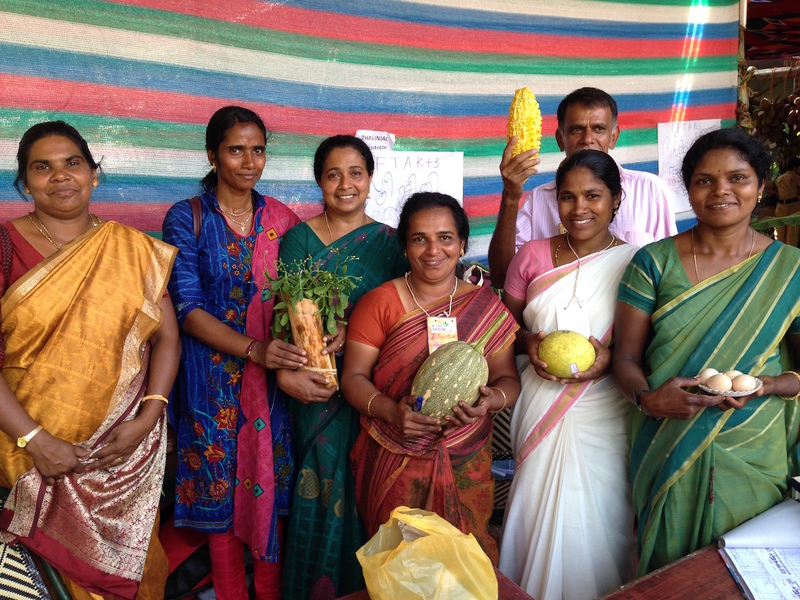
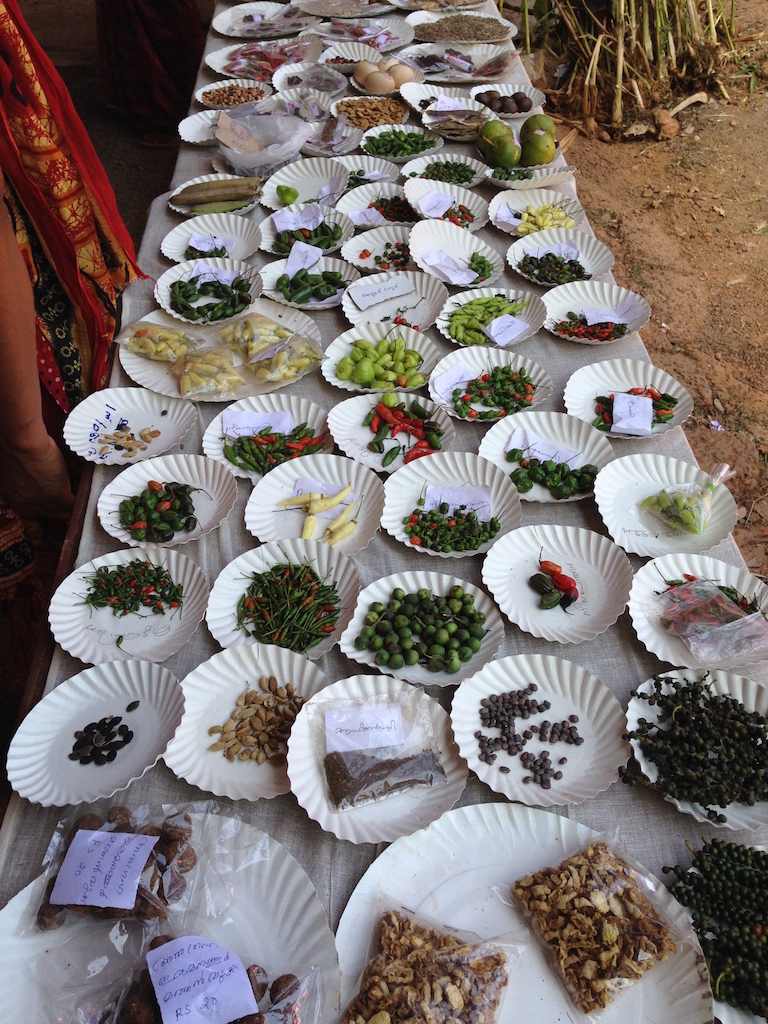
Copyright Bijal Vachharajani/Fairtrade India
However, not all’s well in the world of food diversity. The Food and Agriculture Organization of the United Nations estimates that since the “beginning of this century, about 75 per cent of the genetic diversity of agricultural crops has been lost.” And climate change is impacting agriculture at an unprecedented pace – the FAO says that the “change in seasonality attributed to climate change can lead to certain food products becoming more scarce at certain times of year. Such seasonal variations in food supply, along with vulnerabilities to flooding and fire, can make livelihoods more vulnerable at certain times of the year. Although these impacts might appear indirect, they are important because many marginal livelihood groups are close to the poverty margin, and food is a key component of their existence.”

Atram Kusu Bai is a Fairtrade farmer with Chetna Organic in Telangana. A cotton farmer, she's also preserving a red gram seed that is indigenous the region. Image copyright Bijal Vachharajani/Fairtrade India
It’s not easy always to eat seasonally, when you’re shopping online or faced with a dazzling array of apples, kiwis and oranges from far-flung corners of the world. Our food system has increasingly become complex. But ask your fruit seller, keep a track of seasons, and enjoy eating them. After all, fruits and vegetables taste best when in season. Or simply like the meme goes: Neema eats with the seasons. Neema is cool. Be like Neema.
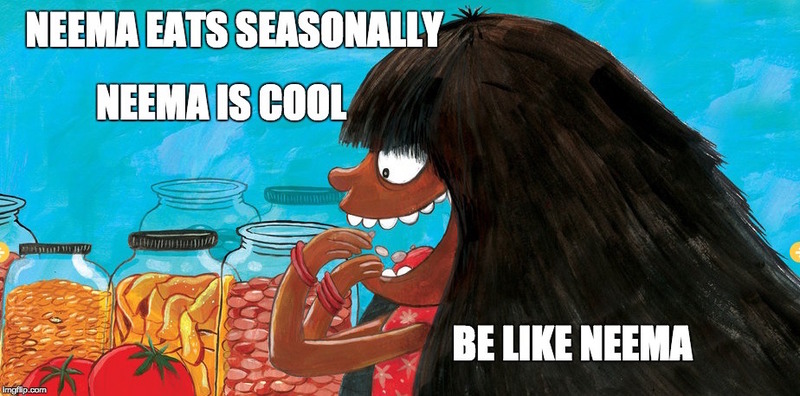
(Psssst... we had a super fun, informative twitter chat with Bijal on January 4th. If you missed it, you can read it here on Storify!)
Be the first to comment.Stories for 2017: 10 Themes for a Happy New Year!
Posted by Sherein Bansal on January 06, 2017‘If you’re skilled at something, don’t give it away for free’ is a piece of advice that we heard so many times growing up, that just the fact that a thing called CC BY License even exists seems absurd and foolish by today’s standards. But that’s what Pratham Books' 1.5 year old digital platform StoryWeaver, all its illustrators, authors as well as translators believe in – free dissemination of our books in order to achieve our ultimate goal: ‘A book in every child’s hand’. In 2016, with 5326 stories uploaded on StoryWeaver, 25 languages added, and 1,19,132 new visitors (A warm hello to you all!), we feel truly grateful. It is indeed a Happy New Year for the StoryWeaver family. So we would like to express our heartfelt New Year wishes to you all in the best way we know. By highlighting here just 10 of our books that speak of themes that currently are, and will remain, points of discussion and action in 2017.
Environment
Chipko Takes Root written and illustrated by Jeyanthi Manokaran
We seriously need to drop the act that we are gracious hosts to nature, and are ‘allowing’ it to be. It’s the other way round. With some people claiming proudly that global warming is not real, and regressive environmental policies being made all over the world, it’s important to keep talking about conserving nature. Here’s a story about one of the bravest fights in India that made Chipko Movement a force to reckon with.
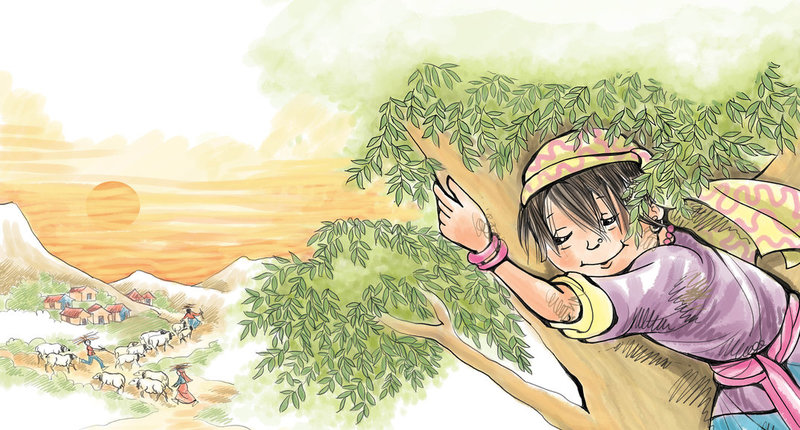
Technology
Bonda and Devi by Roopa Pai and Jit Chowdhury
Any one of us who successfully evaded technology as much as they could before, now must make their peace with it in this digital economy. We don’t know where technology will take us in 2017, but we know where it might reach in 2080! Read about this futuristic tale about two very unlikely friends. Maybe we can be friends with technology too, just like Devi in this story? Available in 9 more languages!
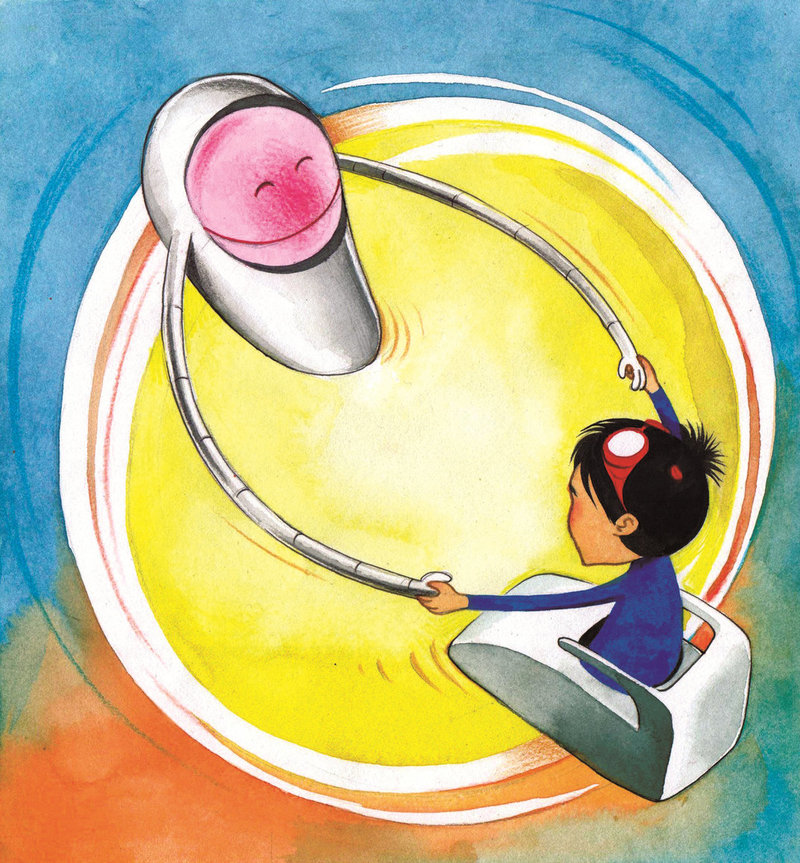
Education
Counting on Moru by Rukmini Banerji and Nina Sabnani
It’s a failure of our education system for not recognizing students as individuals and keeping them at a ‘uniform’ pace of comprehension with each other. This moving story in Hindi, Kannada, Odia and Marathi, talks about how how easy it is to lose your spark when you're a student under the wrong teacher and regain it with the right one.
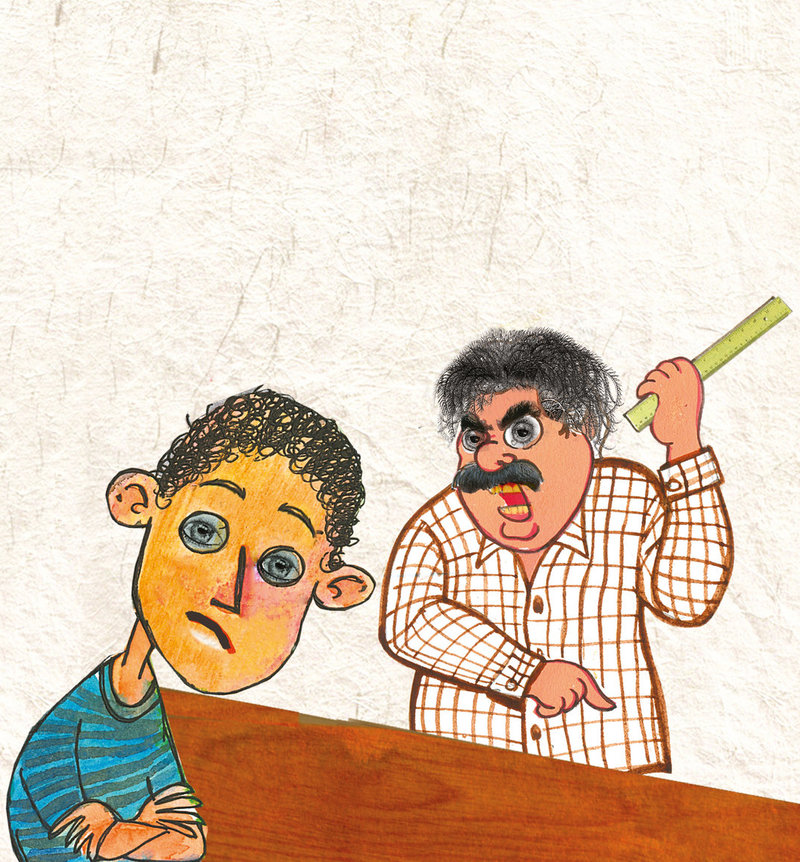
Community Activism
Wildlife in a City Pond by Ashish Kothari and Sangeetha Kadur
When the good ones are silent, the misguided will shout and reign. Be the first voice to speak up against loss of beauty and justice. Here’s a story that flows like a poem and builds up your love for something that this neighborhood derives so much peace and wisdom from that you will want to protect it yourself.
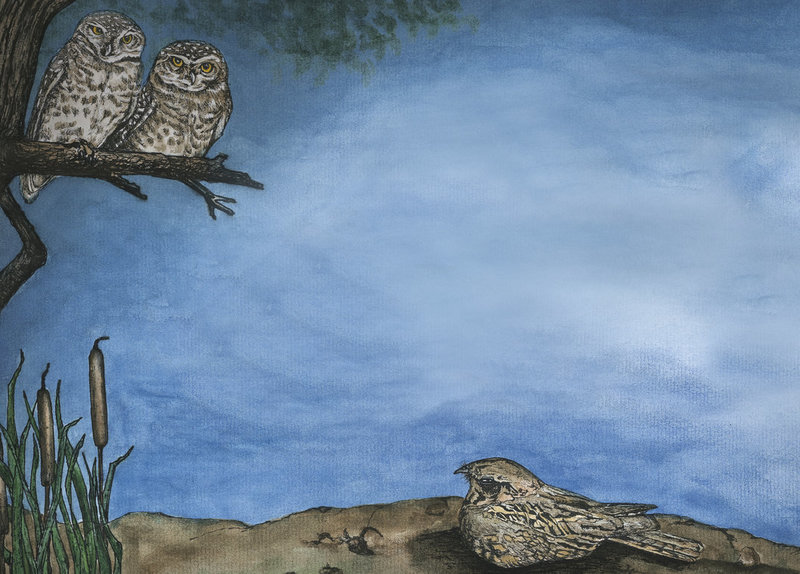
Sports
Dhyan Singh ‘Chand’: Hockey’s Magician by Dilip D'Souza and Mohit Suneja
Let’s, for once, not talk about Hockey with a sense of guilt at not having given it too much traction in life. Let’s just read this story about Dhyan Chand- one of the best things to have happened to Hockey and one of the worst that happened to Hitler. Win, win all the way and yet he stayed humbly devoted to the sport all his life. A man worth knowing about, he will teach you the true meaning of sportsmanship spirit.
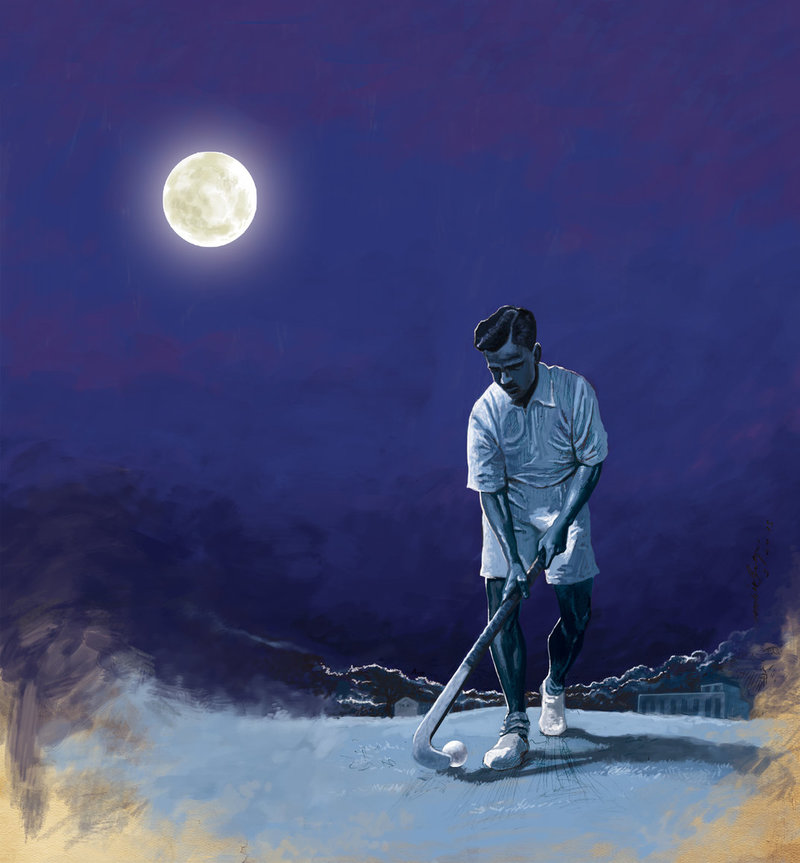
Humour
Yes, humour is indeed an important point of discussion. And more importantly, action. 2016 clearly needed a hug, and some jokes. So we are better prepared this time for 2017 with our fun story – ‘Phani's Funny Chappals’ by Sridala Swami and Sanjay Sarkar, and our Spotathon entry ‘Messy Miss Mita’ by Jisha Unnikrishnan.
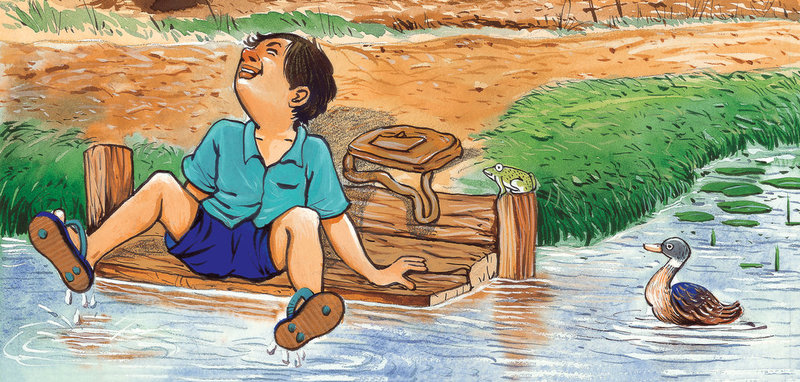
Art
Travelling inwards is just as important as travelling outwards. We need art now more than ever to connect with an ever-expanding world, and to convey our strongest messages and passions with more ease and solidarity. Experience beauty, talent and magic all woven, embroidered and sculpted together in our Dastkari Haat Books.
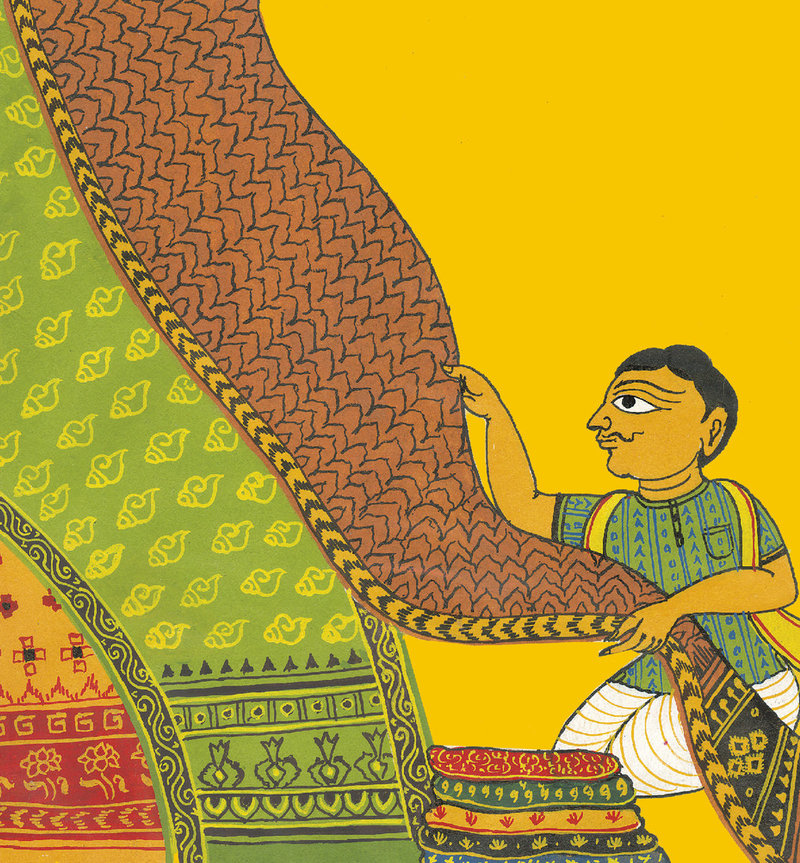
Health
Gargi and Soapy by Preethi Unnithan and Sorit Gupto
Physical, spiritual, mental and emotional health. Let’s make a new year resolution to take care of it all. Here’s a story by our SW community member about a world where a soap called Soapy will fight the evil germs and restore balance and health!
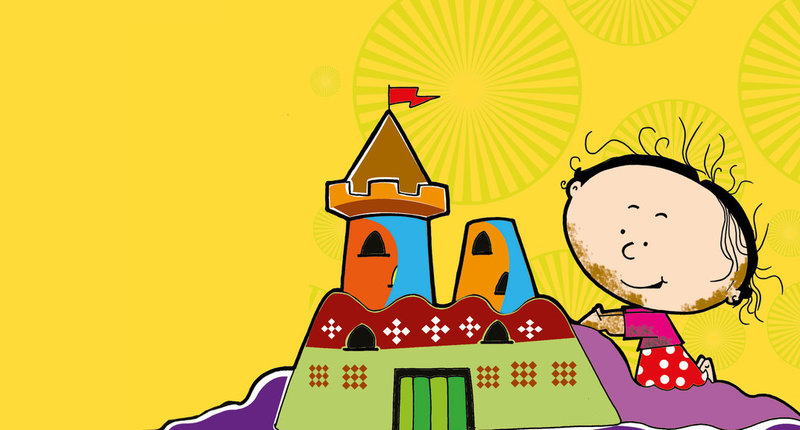
Diversity
Why is Nita Upside Down? By Roxana Bouwer and Sarah Bouwer
Dismissed someone lately or ridiculed someone in your mind (because doing it to their face would be politically incorrect) just because they did not look, talk or well… live, like you do? This one’s for you then. Let’s look at how a child sees a playground, and let’s compel ourselves to look at people and accept them the way they are in this judgment-reflexed world.
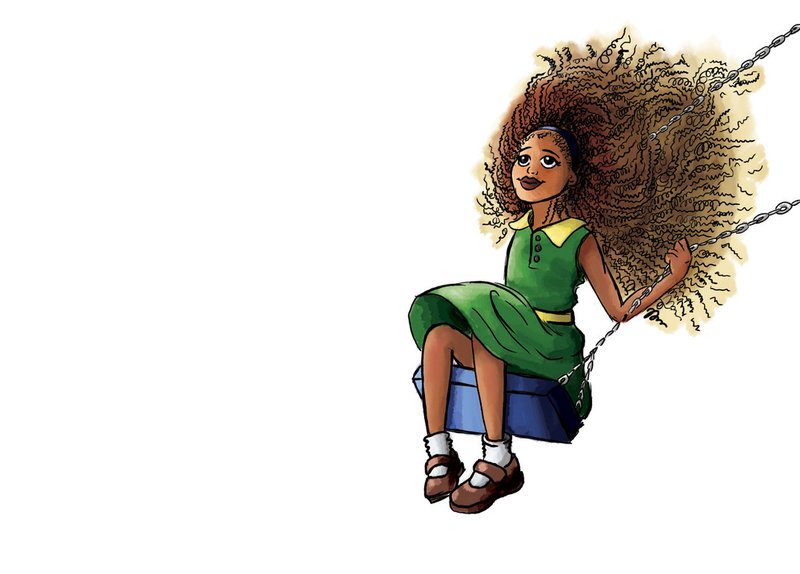
Family
وصیت by Anis Azmi and Juhi Agarwal
There are all kinds of families. But as this Urdu story shows, not one can function without mutual trust and respect - Values that can make 2017 better for everyone. Ride a camel to Egypt and pay a visit to this family? Let’s go.
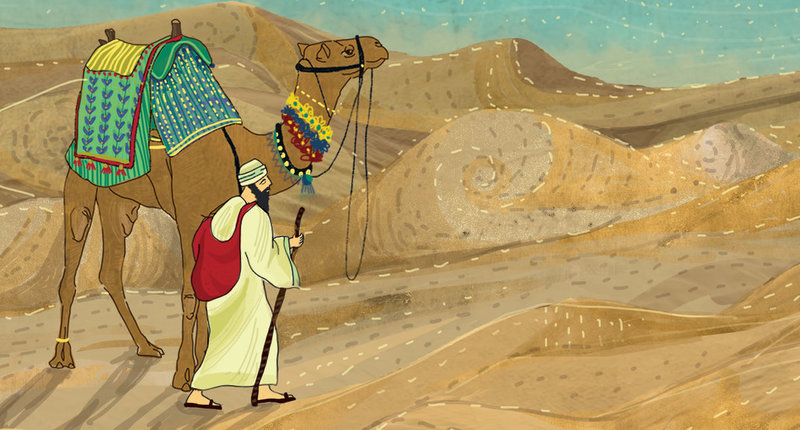
Which theme concerns you the most as we step into a new year? Tell us in the comments, or on Twitter and Facebook.
Be the first to comment.Death of a Language is Death of a Culture
Posted by Remya Padmadas on December 27, 2016
Sahitya Akademi Award winner for his novel ‘Karmelin' and also, the recipient of the Vimala V. Pai Vishwa Konkani Sahitya Puraskar award for his novella 'Tsunami Simon', Damodar Mauzo is a novelist, a short story writer, a critic and a script writer. His collection of stories ‘Teresa’s Man’ was nominated for Frank O' Connor International Award in 2015. Co-founder of Goa Art & Literature Festival and also a co-curator of the litfest, Damodar Mauzo, would perhaps, best introduce himself as an activist for Konkani. He has presided over the All India Konkani Sahitya Sammelan, a literary conference in 1985 and also, served as president of the Konkani Bhasha Mandal, Goa’s premier organisation endeavouring the promotion of language, literature and culture.
I am a bit worried over the vulnerability of my language, Konkani. Not that it is losing its vibrancy. Not because it faces any threat from globalization nor because the number of speakers is on decline. What worries me is intergenerational transmission process getting disrupted or halted.
In spite of the imposition of the Portuguese by the colonial regime by passing the Decree in 1684 to ban the use of Konkani even in speech, the language remained Lingua Franca, thanks to its speakers. Konkani has also survived the threat from the neighbouring language Marathi that had claimed it to be its dialect. The language has paid huge price for sustained existence. Today, Konkani is part of the Eighth Schedule of the Constitution and also is the Official Language of the state of Goa. With Jnanpith and Sahitya Akademi awards coming her way meritorious Konkani literature is being taken cognizance of nationally and internationally. Yet, when threat of extinction looms large on many leading languages, I do become apprehensive, not without grounds. The first scare I felt was in February 2010, when the last speaker of Bo language of Andaman islands, Boa Sr. died. Death of a language is the death of a culture. People the world over strive to safeguard their culture as their language is their identity. They have already taken a proactive stand to preserve their linguistic identity anticipating the hegemony of the English language in the wake of the Internet Era. Aware of the situation moving towards monolingual world UNESCO had started a project called Universal Networking Language (UNL), that would thwart the monopoly of one language. Vide UNL, the content in one language would be codified and then would be transferred into any desired language by decoding it. At some stage it was noticed that this project was not moving on at the behest of the perpetrators of domination of English. It was only when Japan, France and Germany raised their voice at this mischief that the project picked up momentum.
It is true that there are, the world over, around seven thousand spoken languages, over half of which are feared to die by the end of the present century. Of these about 2000 languages are seriously endangered as they have fewer than 1000 speakers. In India itself 191 languages are classified as vulnerable or endangered. 1961 Census of India recorded total number of languages as 1,652. However, 1971 Census eliminated many of them following the decision to ignore the languages with less than 10,000 speakers. Dr. Ganesh Devy of Peaple’s Linguistic Survey of India (PLSI) says, “As per the 2011 Census, there are about 122 languages spoken by more than 10,000 people. Of them 22 are the scheduled languages. Other than the 122 languages, the survey has come up with languages that are spoken by less than 10,000 people many from tribal areas, nomadic communities and from the interiors of north-eastern part of the country.” The PLSI is a rights-based movement, which sees language as crucial for the effective development of fragile communities and for stemming the erosion of India’s diverse, multilingual, and composite heritage.
For Konkani, the major jolt is the shift in the medium of instruction. People prefer to send their wards for primary education to either Marathi medium or the English. Marathi because it has been a tradition and English because it is trendy. Masses that follow the classes blindly believe that their wards will immensely benefit by this shift, not realizing that the ward will never master the OTHER language. A UNESCO report says, “In a situation where the medium of instruction in school is a language that is not spoken at home the problems of learning in an environment characterized by poverty are compounded, and the chances of drop-out increase correspondingly.” At yet another UN meet on the subject it was asserted that ‘states have an obligation to preserve and protect the child's cultural identity, as an essential element for his or her development.’ It is a proven fact that Mother tongue literacy classes improve students' writing and higher-order language skills in their first language. Research has shown that many of the skills learned in the native language can be transferred easily to the second language later. In this type of program, the native language classes do not teach academic subjects. The second-language classes are content-based, rather than grammar-based, so students learn all of their academic subjects in the second language. But obviously the words of wisdom go unattended. In Goa, the Government does not realize that by promoting English at the primary level it is depriving the students of mastering Konkani and of learning Hindi as well. Leaving the choice of medium of instruction to parents is a grave mistake. Parents can be given the choice of choosing the physician, not the medicine. Similarly, parents can be given the choice to choose which school their ward would go, not the medium of instruction.
Goa is fast turning into a city state with its fast pace urbanization. The common dream of the youth is to go abroad or aboard ship. Greener pastures woo them and hence they feel no need of the proficiency in Konkani. In view of this confusing situation, the second generation classes are seen moving away from the language of the soil. The natural transmission is therefore interrupted. Though teatr, the popular form of theatre, is vibrant in Goa, the masses are seen blindly following the classes that are in favour of English in public and at home.
Konkani is rich in vocabulary and idiom. Our speakers live in diaspora in four different states. Their dialects help enrich the language. The multiplicity of scripts is yet another hurdle that limits the readership though conscious attempts are on to adopt a common script. As compared to the rest of the languages included in the Eighth Shedule, Konkani is spoken by hardly 4 to 5 million people. So in relative terms, Konkani is more vulnerable than many other languages, unless mindful and premeditated efforts are made to reach out to those who are on the verge of losing her.
Be the first to comment.